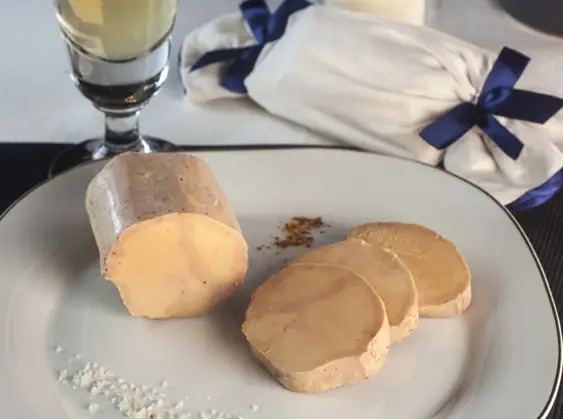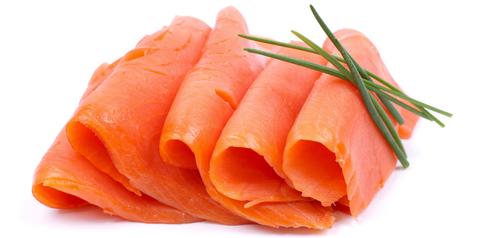 It’s September and there’s an ‘r’ in the months, so the oysters are good. They’ve had all summer to grow and fatten, and now they are truly at their best – fresh and tasting of the sea. Traditionally, in France, oysters are eaten raw and in the shell, freshly delivered from the Atlantic ocean. The best way is to eat them with thin slices of rye bread, salted butter, and lemon juice. Some people add shallot vinegar, and that’s just fine too.
It’s September and there’s an ‘r’ in the months, so the oysters are good. They’ve had all summer to grow and fatten, and now they are truly at their best – fresh and tasting of the sea. Traditionally, in France, oysters are eaten raw and in the shell, freshly delivered from the Atlantic ocean. The best way is to eat them with thin slices of rye bread, salted butter, and lemon juice. Some people add shallot vinegar, and that’s just fine too.
You may feel that oysters are a luxury food, but many poducts have come down in price over the years as producers improve their techniques and their efficiency. It used to be that people only ate foie gras on high days and holidays. It was a luxury item, produced traditionally, with care and respect for the animals, and appreciated with reverence. Nowadays, people want it year-round and they want it cheap. This has spawned an industry of mistreated, factory-farmed animals yielding tasteless, fatty foie gras.
 My recommendation is to avoid foie gras altogether if you can’t be sure it has been produced artisanally and ethically. If, however, you get to visit an independent producer on your travels, or have a solid recommendation for one from a chef or discerning cook, buy a terrine de foie gras entier mi-cuit (half-cooked) in a jar and savour every bite. We always buy from Godard in the Dordogne region of France. They will ship direct to anywhere in the world.
My recommendation is to avoid foie gras altogether if you can’t be sure it has been produced artisanally and ethically. If, however, you get to visit an independent producer on your travels, or have a solid recommendation for one from a chef or discerning cook, buy a terrine de foie gras entier mi-cuit (half-cooked) in a jar and savour every bite. We always buy from Godard in the Dordogne region of France. They will ship direct to anywhere in the world.
Serve your terrine de foie gras cold, but not too cold, with sourdough bread, which complements the sweetness of good foie gras. The proper way to eat foie gras is to slice a bite-size piece with your knife and place it carefully on the bread. Don’t you dare try spreading it! Take a bite and let your taste buds take over.
 Another luxury food item that has been ruined by the consumer’s insistence to eat it any old day of the year, but no willingness to pay the proper price for it, is smoked salmon. The consequence is factory-farmed salmon that are pumped full of drugs and chemicals to make them grow more quickly. They are destroying the environment, and the result is oily smoked salmon with little firm texture, that just tastes of fish and smoke.
Another luxury food item that has been ruined by the consumer’s insistence to eat it any old day of the year, but no willingness to pay the proper price for it, is smoked salmon. The consequence is factory-farmed salmon that are pumped full of drugs and chemicals to make them grow more quickly. They are destroying the environment, and the result is oily smoked salmon with little firm texture, that just tastes of fish and smoke.
*** Farm-raised salmon have more dangerous contaminants than wild salmon
*** Wild salmon has a better ratio of good-to-bad fats than farmed salmon
*** Farmed salmon isn’t as nutritious as wild salmon overall
*** Farmed salmon is more likely to be affected by pollution, parasites, and disease
*** Farmed-raised salmon are bad for the environment
I would much rather buy wild salmon and indulge just once a year, buying a couple of thin slices per person and savoring every bite with my eyes closed. (And if that falls outside the budget, organic smoked trout is a delicious, lower-cost, ethical option.)
Smoked salmon is typically served with warmed blinis, crème fraîche (sour cream will do), and a gentle squeeze of lemon juice.
Mind you, I guess we are spoiled when we are in France. Less than one mile away is an establishment called Olsen Bornholm which smoke their own wild salmon and Scandinavian and festive specialties. That suits me just fine!